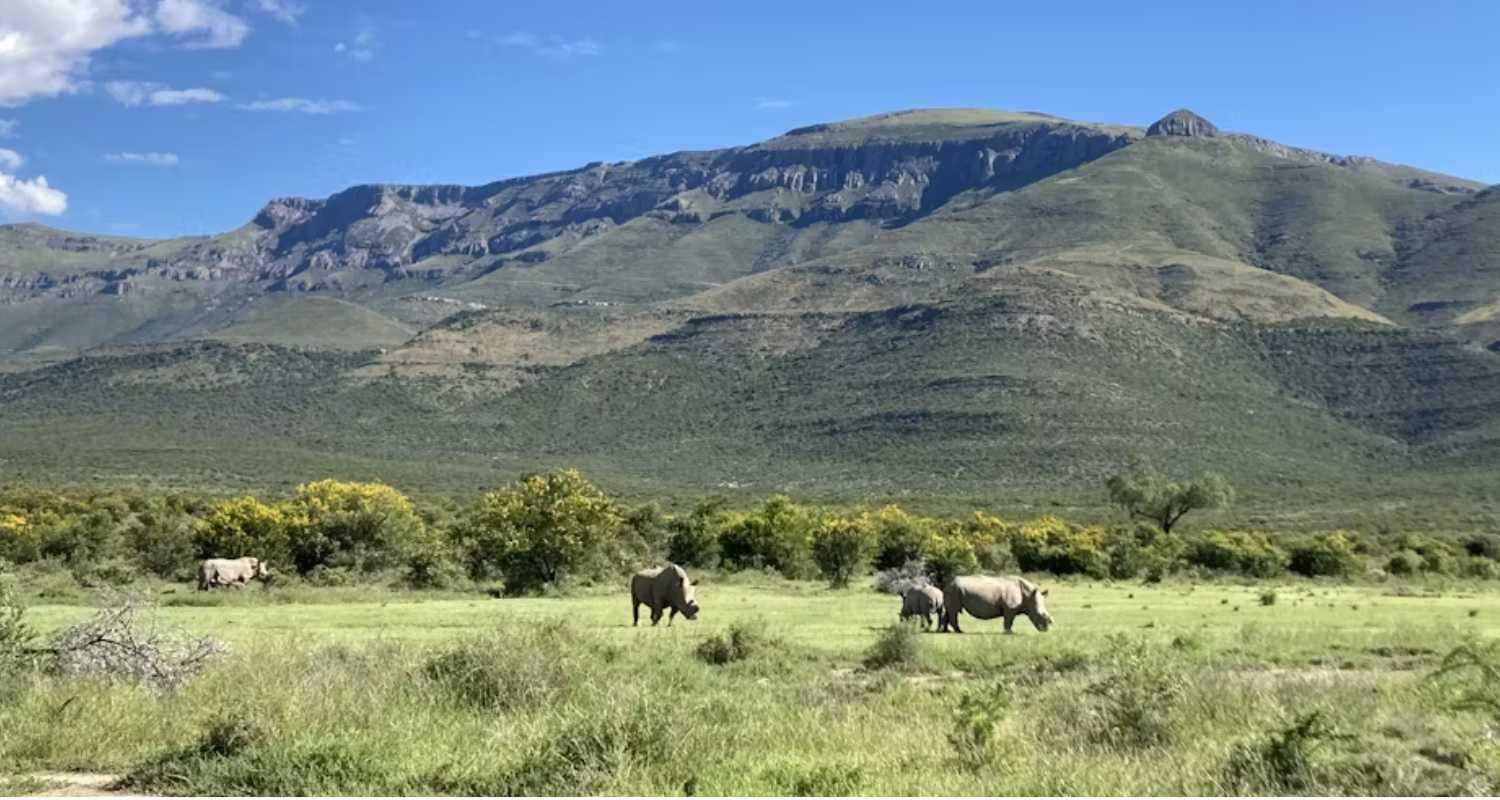It’s crunch time, this month we talk about the apple leaf. To many, this name is not familiar, but there are hundreds of roads named appelblaar throughout the country, and it is also often referred to as the rain tree.
The apple leaf gets its name from the sound of its dry leaves been crunched, much like the sound of one biting into an apple, and apparently a new leaf has an apple scent. Unfortunately, my carnivorous appetite-like nose does not smell this, but some of my veggie friends can confirm the link.
The scientific name Philenoptera violacea is derived from the Greek word “philenos” meaning manageable, and “pteros” meaning wing. In late spring the apple leaf flowers briefly, becoming laden with bunches of light purple, mauve flowers, hence the species name “violacea”, the Latin word for violet. The flowers are sweet-scented, and full of nectar which attracts an abundance of bees, butterflies, insects, and birds.
This is a protected tree in South Africa. The wood of the apple leaf varies in colour, is hard and heavy, and is used for carving ornaments, tool handles, maize stampers, and more. In traditionally it is believed that the tree will bring bad luck and will cause family feuds if chopped down. However, I recently was given a leaf from the tree as a symbol of friendship. Traditionally the twig of the tree is placed into another person’s pocket as a symbol of friendship, and by exchanging twigs with others, it is believed to ensure a long-lasting friendship.
This impressive tree can grow 18 to 20 metres tall, and usually occurs along water courses and drainage lines. Its unmistakably twisting trunk makes for a good rubbing post for elephants. The stunning, meandering overall impression, puts this beauty in a class of its own.
The leaves are compound with one or two leaflet pairs and ending with a terminal leaflet. The leaves are fairly large, and are eaten by most browsers, especially by elephants and giraffes. Although they are generally very tough and leathery, the leaves look like it has many holes in them. These are caused or due to our little friend known as a spittle bug (Ptyelus grossus), who inhabits the tree, and feeds on the sap. These little critters obtain their food from the leaves and excrete the fluid at the same rate as they ingest it, creating an impression that there is a light drizzle falling from the heavens. This is simply this little insect’s waste product. This is believed to be why this tree is also called the rain tree.
Medicinally, this is another fascinating tree with multiple traditional uses. If you were to dig deep and find the root, this could solve many problems. Inhalation of the smoke from the burning roots is used to cure the common cold; the roots are also used as a fish poison, and to cure snakebites. Other uses include a cure for diarrhoea and gastro problems, which may help prevent you from another shitty day in Africa.
So next time tread lightly as the crunching of the fallen leaves may give your presence away, and don’t gaze too long above into the tree as it may rain down on you.











